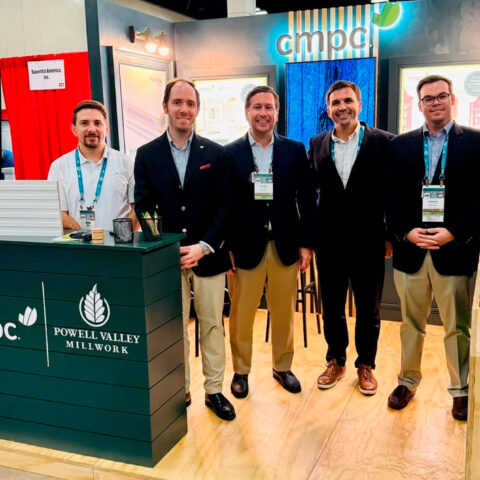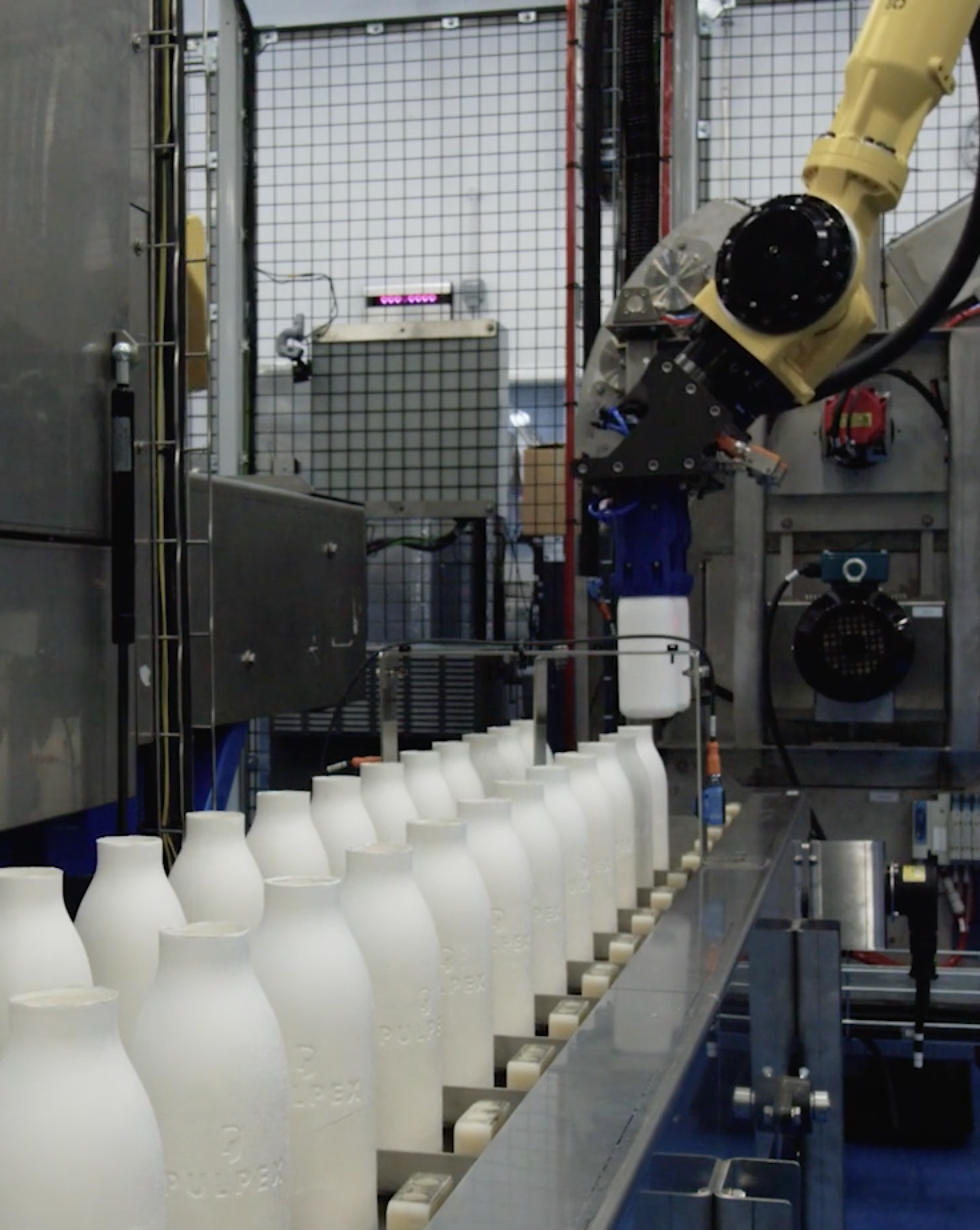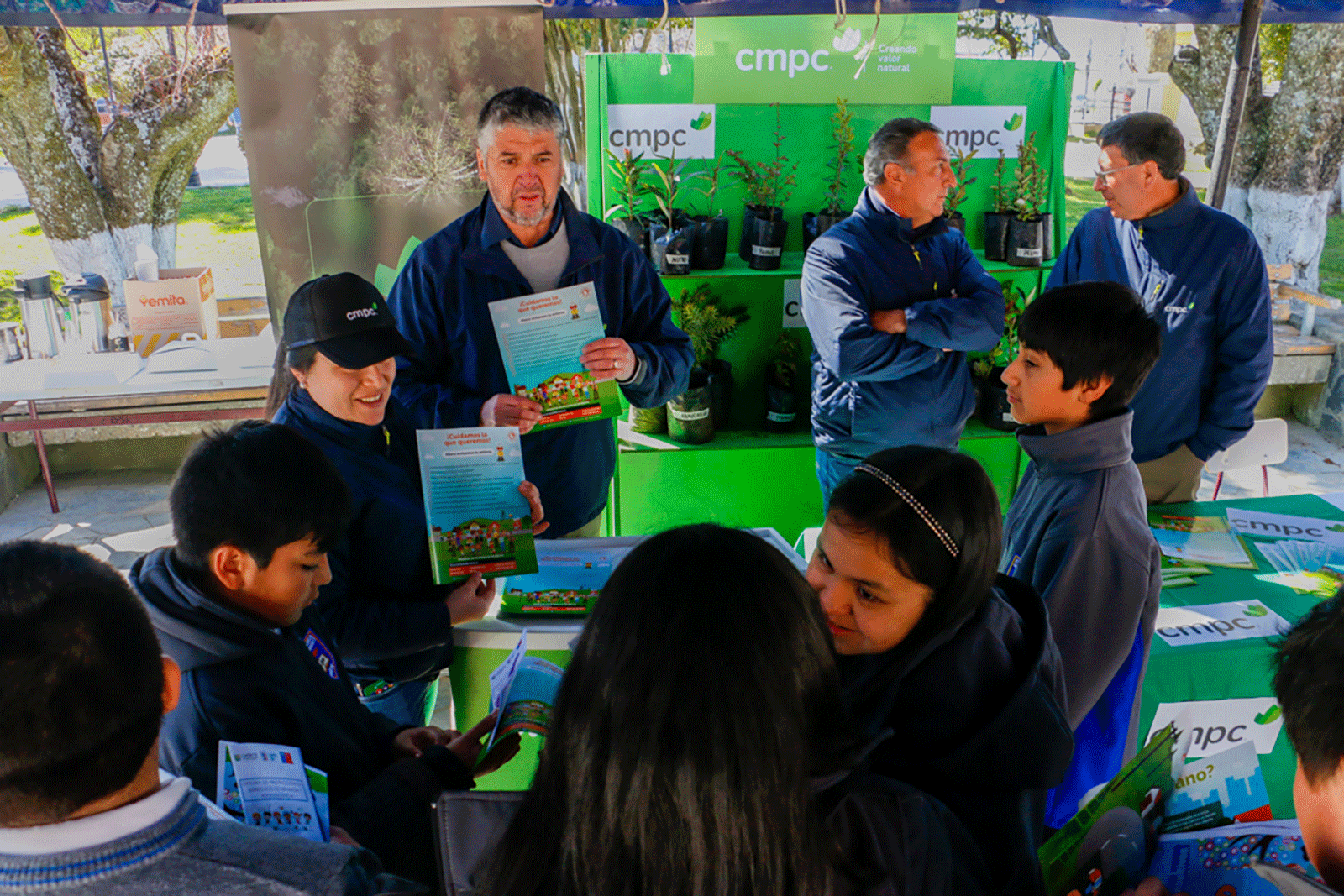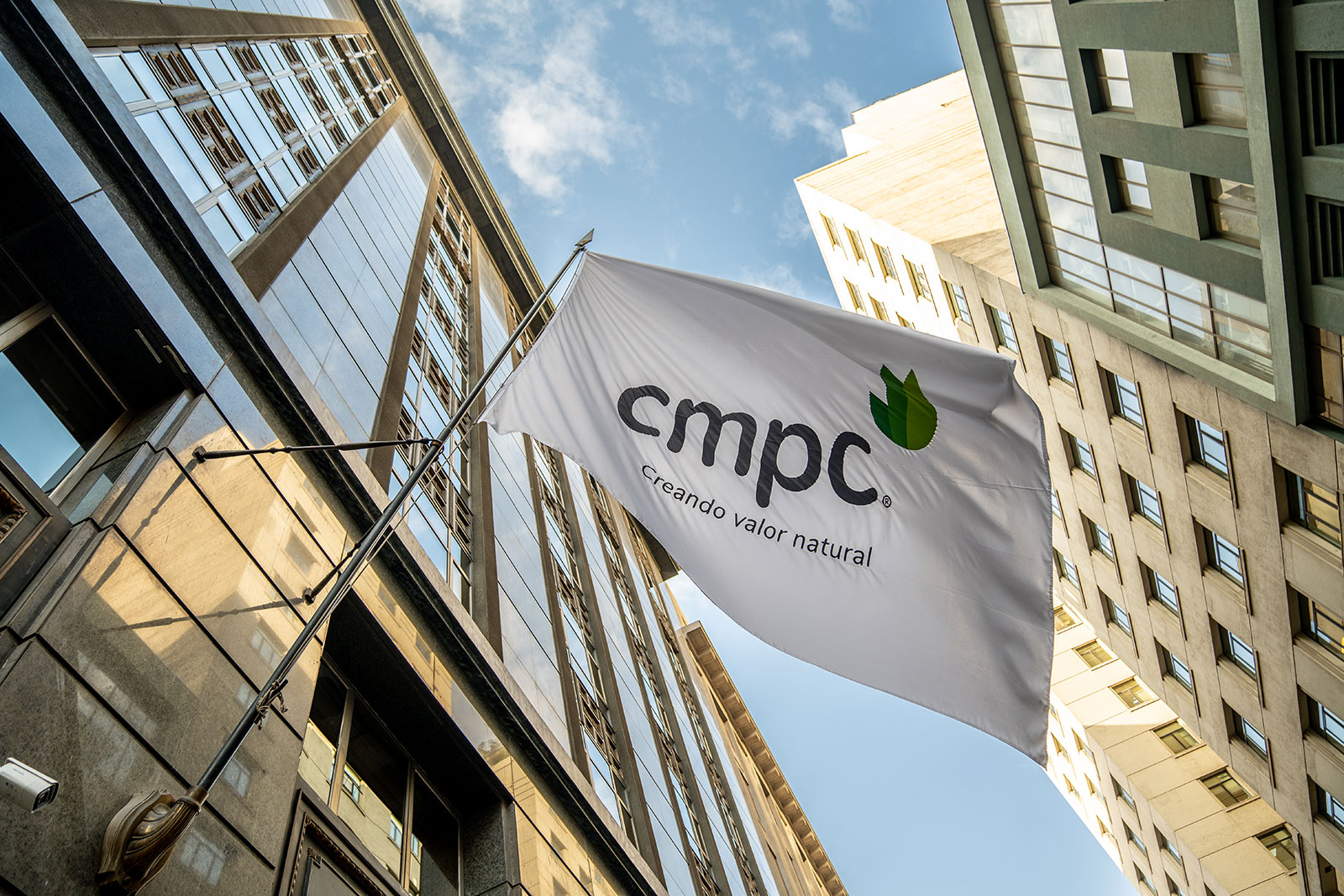
The innovative and sustainable alternatives to replace plastic bags
03 de August, 2020
The lengthy confinement that much of our country (Chile) is experiencing today to prevent the spread of Covid-19 has caused a sharp increase in electronic purchases. During the first semester of the year, this business grew 102.6% according to the Online Sales Index of the National Chamber of Commerce.
Given this increased activity, one of the emerging concerns is how to get the products in perfect condition to the client, especially if we consider that requests include a great variety of products, such as food, clothing, medications, toys, construction materials and technology, among others.
This is in addition to the growing demand for the packaging to be more and more environmentally-friendly, a requirement that has also risen since Chile undertook the commitment to end the circulation of plastic bags in 2018.
In fact, the various goals set forth in Law 21,100 were completed this week as this legislation’s final stage came into force, which stipulates that micro, small and medium-sized companies, stores and fairs will no longer be able to hand out plastic bags to their clients.
Within this context, CMPC has joined this change and developed two new products that will be used for delivery and cement packaging purposes. Some of these new products are manufactured from natural materials that come from renewable sustainable forest plantations, and others are made with recycled paper.
Innovation Manager, Felipe Alcalde, states: “At CMPC, we are working with a great focus on delivering innovative and sustainable solutions to our clients. We want to be partners in the development of these solutions and create alternatives that generate more value with them.”
To Alcalde, “With these products, CMPC seeks to actively contribute to the elimination of plastic waste and to achieve a shift towards a more sustainable culture that cares about the environment.”
Delivery Bag
One of the issues raised by delivery in particular is how to guarantee the consumer that the acquired product will comply with all health and privacy measures, in addition to helping avoid the pollution left by the massive use of plastic bags.
While searching for a solution to this problem, CMPC created the Sealed and Safe Delivery Bag. Its main characteristic is that it has a paper strip on the upper mouth and a self-adhesive tape that allows sealing it once the contents are inside.
This will allow providing a greater guarantee of the content’s safety, preventing all types of handling between the restaurant or store and the client. It also allows satisfying the clients’ growing concern about the potential handling of the bag’s content by third parties, which could lead to a reduction of the content or its contamination.
D-Sack
Each of the actions taken to reduce the impact of economic activity on the environment, both at a government level and by companies, helps reduce the corresponding carbon footprints, and in many cases, they certainly allow going one step further by incorporating its activities to the objectives pursued by circular economy.
An example of this contribution is CMPC’s creation of the D-Sack for storing and transporting cement in partnership with the Swedish company Billerud Korsnas. Its main characteristic is that its composition allows it to be put directly in the mixing cone or mixer where the concrete is prepared, and the material disintegrates into the mix as a result of the mechanical action.
It should be stressed that the management of waste from building materials at the sites has always been a tough problem to solve. Overall, there is no logistics for its recovery, which becomes even more complicated in non-urban areas.
Therefore, the D-Sack delivers a sustainable solution that helps to dispose of waste at construction sites, especially considering areas that have waste management difficulties. This is because once the sack is mixed with the cement it will become an additional element in the construction, achieving a new purpose. Each unit is capable of transporting 25 kg of cement.
E-Commerce Bag
The surge in electronic commerce is not only due to the increased demand for food or large-volume products, but also due to those that require smaller, equally safe packaging that causes the least possible damage to the environment.
The E-Commerce Bag was created to this end, intended for the delivery of light products or items. This initiative was developed jointly by CMPC and Amazon and was subsequently elaborated by other leading players in Latin America.
It is an open-mouth paper sack that has a paper strip with two implements at the top: a self-adhesive tape to close it and an easy-opening ribbon that facilitates its subsequent opening by the client.
This sack will also incorporate a second use: games will be printed inside that will unfold when the sack is cut following the indications on the package. It will help keep the little ones in the house entertained.













